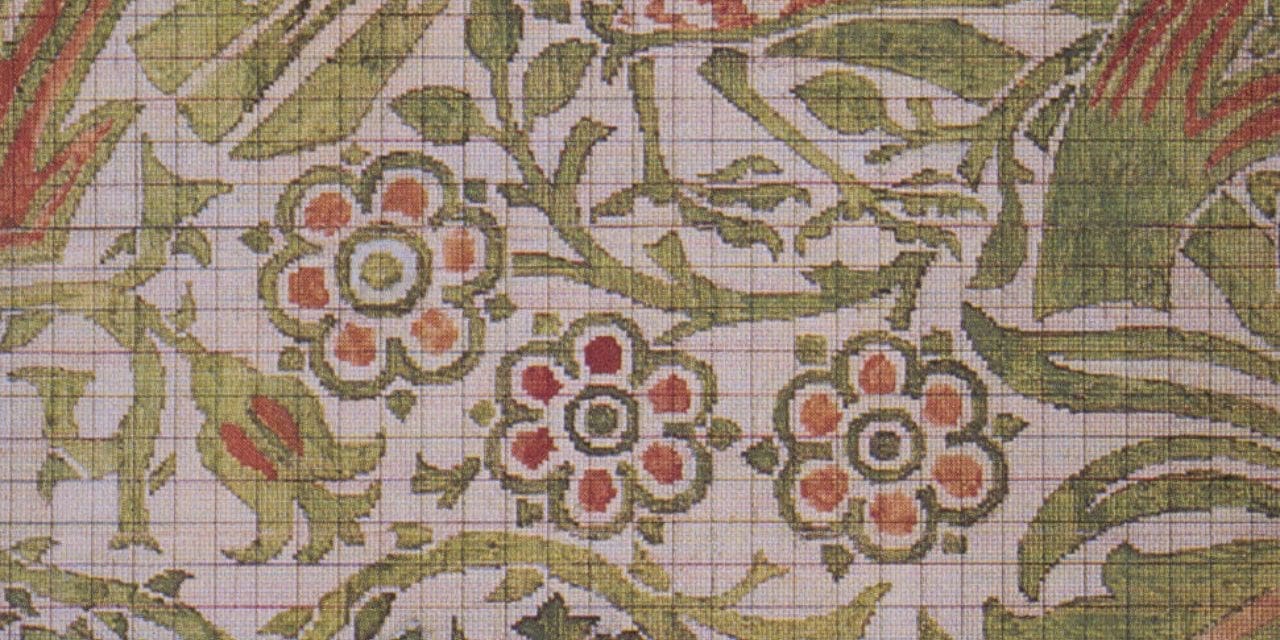Presently, the fabric weaving process is primarily determined by the textile pattern. Nowadays, everyone wants to be elegantly decorated. As a result, new trends are viewed as a test. Textile patterns have been incorporated as a new dimension in fashion in this situation. This adds variation to the design of the garment and makes it more appealing. Individuals of all ages, beginning with the younger generation, have placed a premium on clothes design.Textile geometry is the artistic and technical process of weaving or interlacing thread or yarn fibres to make a flexible, practical, and ornamental cloth or fabric that is then printed or otherwise embellished. When manufacturing textiles, the interlacement of warp and weft yarns frequently reflects the fabric’s textile pattern. It is a paper mirror of textile fibres. Again, numerous designs are embossed on the cloth in various hues. This is referred to as textile design. Textile design encompasses everything from a fabric’s appearance to its structure and manufacturing process.
Textile Design Types:
Textile patterns are initially printed on paper before being employed in textile weaving. There are three types of textile design.
They are as follows:
- Textile print design
- Design for woven textiles
- Textile design using mixed media
Textile Print Design
Textile printing is the application of colour to cloth in specific patterns or motifs. The colour is bound with the fibre in correctly printed textiles, making them resistant to washing and abrasion. Textile printing is similar to dyeing, except in dying, the entire cloth is evenly covered with one colour, but in printing, one or more colours are applied to it in specific areas and in finely defined patterns. Colors can be applied to cloth using wooden blocks, stencils, engraved sheets, rollers, or silkscreens in printing. Colorants used in printing comprise dyes that have been thickened to prevent the colour from spreading beyond the boundaries of a pattern or design due to capillary attraction.
Woven textile design:
Woven textile design is the design that is done on the cloth while weaving it. Typically, brackets are formed between the warp and weft yarns. It is also employed in the case of the cloth’s original ground pattern.
Mixed media textile design:
The structure of the fabric can be observed in the stitching, block, batik, and even the weaving method in this example. That is, a variety of designs emerge from the fabric, thus the term mixed media textile design. Textile design may be classified in two ways in addition to those listed above. The first is the fabric used in home furnishings, while the second is the cloth that may be worn.
The Significance of Textile Design:
Textile designs are primarily conveyed in terms of the fabric’s structural element. The motifs are embroidered on the cloth with different coloured yarns. The usage of single colour yarn as well as other coloured yarns adds variation to the fabric’s pattern. This improves the appearance of the clothing. Textile patterns are often imprinted on the cloth. It is no longer possible to edit a design once it has been generated.A textile design takes a bit longer to produce. Because it is done using the weaving process. Textile designs are more expensive than artistic creations. Textile design, on the other hand, is less brilliant than aesthetic design.
The basic structure of a garment is determined by the design. It elevates garments to an all-new level. Textile design is one of the first considerations for any band, beginning with the garment sector, while bringing a new outfit to market. It is now also of interest to fashion designers. Before creating any garment, one must first consider the textile design. Furthermore, the garment will lose its allure.

